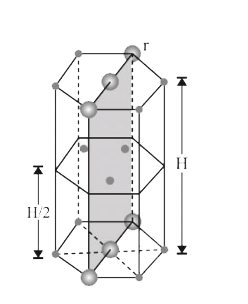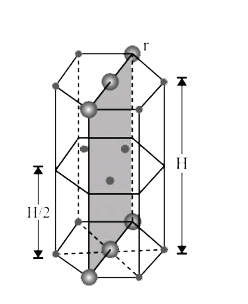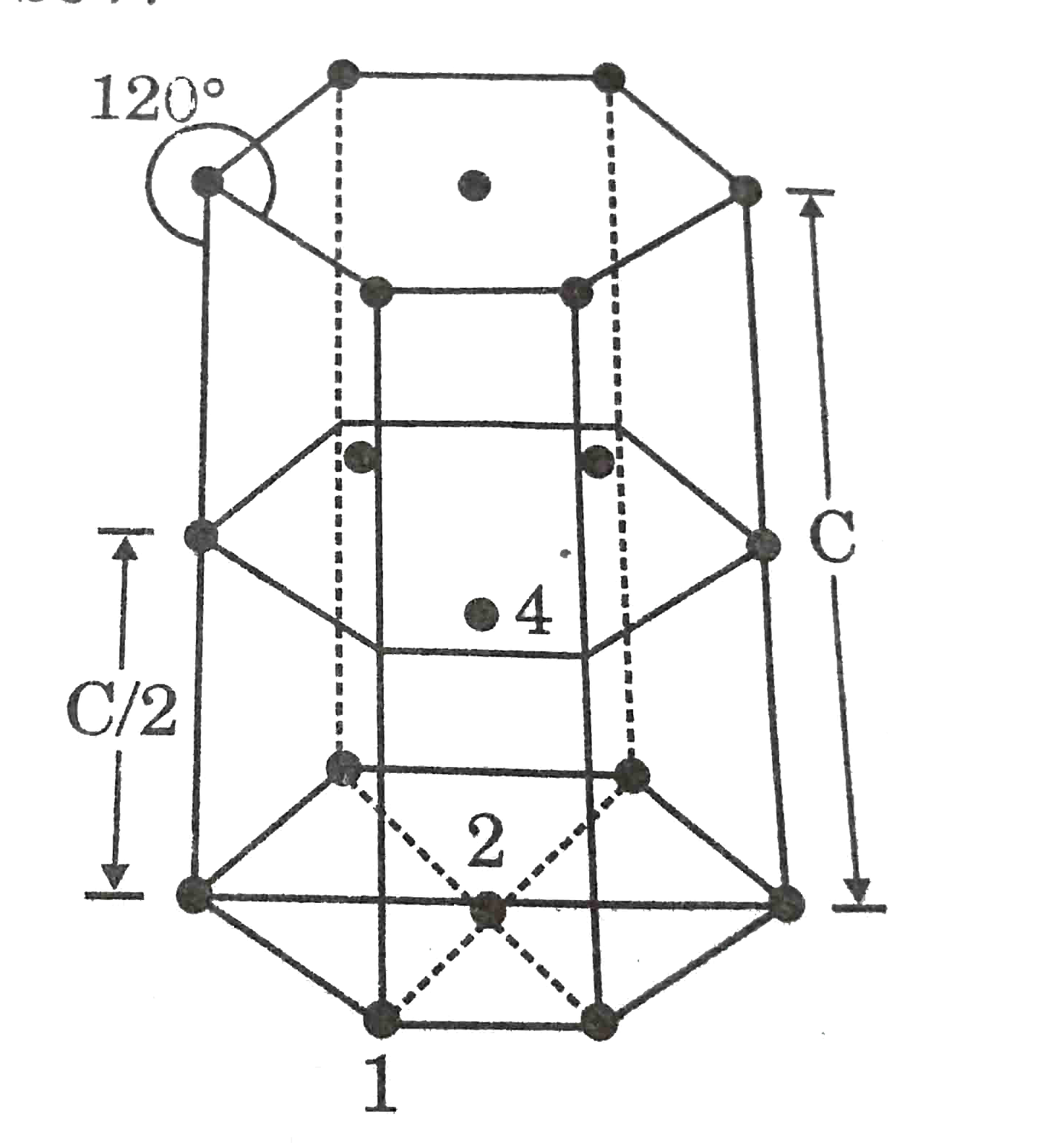The trees occupy the top vertical strata of a forest , shrubs the second and herbs and grasses occupy the bottom layers , this represents
landifilling
productivity
stratification
all of the above
The correct Answer is:C
To solve the question regarding the vertical distribution of trees, shrubs, herbs, and grasses in a forest, we can follow these steps:
Step 1: Understand the Layers of the Forest
- In a forest ecosystem, different types of plants occupy different vertical layers. The tallest plants are typically trees, followed by shorter shrubs, and then the smallest plants such as herbs and grasses.
Step 2: Identify the Vertical Distribution
- The arrangement of trees at the top, shrubs in the middle, and herbs and grasses at the bottom indicates a specific organization of life forms based on their height and light requirements.
Step 3: Define the Concept
- The term that describes this organization of different plant species into layers or strata is known as "stratification." This reflects how various species occupy different levels in the ecosystem.
Step 4: Evaluate the Options Given
- The question may provide several options. We need to analyze each option:
1. Landfilling - This refers to a waste management process and is not related to forest layers.
2. Productivity - This term relates to the generation of biomass in an ecosystem and does not describe the vertical arrangement of plants.
3. Stratification - This is the correct term that describes the layering of vegetation in a forest.
Step 5: Select the Correct Answer
- Based on the analysis, the correct answer to the question is "stratification."
Final Answer:
The correct representation of the vertical distribution of trees, shrubs, herbs, and grasses in a forest is known as stratification.
---
- In a forest ecosystem, different types of plants occupy different vertical layers. The tallest plants are typically trees, followed by shorter shrubs, and then the smallest plants such as herbs and grasses.
- The arrangement of trees at the top, shrubs in the middle, and herbs and grasses at the bottom indicates a specific organization of life forms based on their height and light requirements.
- The term that describes this organization of different plant species into layers or strata is known as "stratification." This reflects how various species occupy different levels in the ecosystem.
- The question may provide several options. We need to analyze each option:
1. Landfilling - This refers to a waste management process and is not related to forest layers.
2. Productivity - This term relates to the generation of biomass in an ecosystem and does not describe the vertical arrangement of plants.
3. Stratification - This is the correct term that describes the layering of vegetation in a forest.
- Based on the analysis, the correct answer to the question is "stratification."
The correct representation of the vertical distribution of trees, shrubs, herbs, and grasses in a forest is known as stratification.
Similar Questions
In hexagonal systems of crystals, a frequently encountered arrangement of atoms is described as a hexagonal prism. Here, the top and bottom of the cell are regular hexagons and three atoms are sandwiched in between them. A space-filling model of this structure, called hexagonal close-packed (HCP), is constituted of a sphere on a flat surface surrounded in the same plane by six identical spheres as closely as possible. Three spheres are then placed over the first layer so that they touch each other and represent the second layer. Each one of these three spheres touches three spheres of the bottom layer. Finally, the second layer is covered with a third layer that is identical to the bottom layer in relative position. Assume radius of every sphere to be ‘r’.
The volume of this HCP unit cell is

View SolutionIn hexagonal systems of crystals, a frequently encountered arrangement of atoms is described as a hexagonal prism. Here, the top and bottom of the cell are regular hexagons and three atoms are sandwiched in between them. A space-filling model of this structure, called hexagonal close-packed (HCP), is constituted of a sphere on a flat surface surrounded in the same plane by six identical spheres as closely as possible. Three spheres are then placed over the first layer so that they touch each other and represent the second layer. Each one of these three spheres touches three spheres of the bottom layer. Finally, the second layer is covered with a third layer that is identical to the bottom layer in relative position. Assume radius of every sphere to be ‘r’.
The empty space in this HCP unit cell is :

View SolutionIn a hexaonal system system of cycstals, a frequently encountered arrangement of atoms is described as a hexagonal prism. Here, the top and bottom of the cell are refular hexagons, and three atoms are sandwiched in between them. A space-cilling model of this structure, called hexagonal close-paked is constituted of a sphere on a flat surface surrounded in the same plane by six identical spheres as closely as possible. Three spherres are then placed overt the first layer so that they toych each other and represent the second layer so that they toych each other and present the second layer. Each one of the three spheres touches three spheres of the bottom layer. Finally, the second layer is convered with a third layer identical to the bottom layer in relative position. Assume the radius of every sphere to be r.
The number of atom in this hcp unit cell is
View SolutionIn a hexaonal system system of cycstals, a frequently encountered arrangement of atoms is described as a hexagonal prism. Here, the top and bottom of the cell are refular hexagons, and three atoms are sandwiched in between them. A space-cilling model of this structure, called hexagonal close-paked is constituted of a sphere on a flat surface surrounded in the same plane by six identical spheres as closely as possible. Three spherres are then placed overt the first layer so that they toych each other and represent the second layer so that they toych each other and present the second layer. Each one of the three spheres touches three spheres of the bottom layer. Finally, the second layer is convered with a third layer identical to the bottom layer in relative position. Assume the radius of every sphere to be r.
The empty space in this hcp unit cell is
(a)74%
(b)48.6%
(c)32%
(d)26%
View SolutionIn a hexagonal system system of crystals, a frequently encountered arrangement of atoms is described as a hexagonal prism. Here, the top and bottom of the cell are regular hexagons, and three atoms are sandwiched in between them. A space-cilling model of this structure, called hexagonal close-packed is constituted of a sphere on a flat surface surrounded in the same plane by six identical spheres as closely as possible. Three spheres are then placed overt the first layer so that they touch each other and represent the second layer so that they touch each other and present the second layer. Each one of the three spheres touches three spheres of the bottom layer. Finally, the second layer is converted with a third layer identical to the bottom layer in relative position. Assume the radius of every sphere to be r.
The number of atom in this hcp unit cell is
(a)4
(b)6
(c)12
(d)17
View SolutionIn hexagonal system of crystals, a frequently encountered arrangement of atoms is described as a hexagonal prism. Here, the top and bottom of the cell are regular hexagons and three atoms are sandwiched in between them. A space -filling model of this structure, called hexagonal close-packed (HCP), is consituted of a sphere on a flat surface surrouneded in the same plane by six identical spheres as closely possible. Three sphere are then palces over the first layer so that they touch each other and represent second layer is covered with third layer that is identical to the bottom layer in relative position. Assume radius of enery sphere to be r.

The number of atoms in the HPC unit cell is :
View SolutionA metal crystallizes in a closed packed structure, the atoms stack together occupying maximum space and leaving minimum vacant space. Each sphere in the first layer is in contact with six neighbours. Now while arranging the second layer on the first layer, spheres are placed in depression of first layer. Spheres of third layer lie in the depression of second layer.
This repeating arrangement of atoms produces a giant lattice.
If one of the edge length of unit cell is 'a' what is the shortest distance between two atoms?
View SolutionA metal crystallizes in a closed packed structure, the atoms stack together occupying maximum space and leaving minimum vacant space. Each sphere in the first layer is in contact with six neighbours. Now while arranging the second layer on the first layer, spheres are placed in depression of first layer. Spheres of third layer lie in the depression of second layer.
This repeating arrangement of atoms produces a giant lattice.
If sphere of third layer do not lie directly over the atoms of first layer, then density of unit cell is,
(Given: atomic weight of metal is 197u and a=4.07Å)
View SolutionIn HCP or CCP constituent particles occupy 74% of the available space. The remaining space (26%) in between the spheres remains unoccupied and is called interstitial voids or holes. Considering the close packing arrangement, each sphere in the second layer rests on the hollow space of the first layer, touching each other. The void created is called tetrahedral void. If R is the radius of the spheres in the close packed arrangement then,
R (radius of tetrahedral void) = 0.225 R
In a close packing arrangement, the interstitial void formed by the combination of two triangular voids of the first and second layer is called octahedral coid. Thus, double triangular void is surrounded by six spheres. The centre of these spheres on joining, forms octahedron. If R is the radius of the sphere. in a close packed arrangement then,
R (radius of octahedral void = 0.414 R).
If the anions (A) form hexagonal close packing and cations (C ) occupy only 2/3rd octahedral voids in it, then the general formula of the compound is
View SolutionIn HCP or CCP constituent particles occupy 74% of the available space. The remaining space (26%) in between the spheres remains unoccupied and is called interstitial voids or holes. Considering the close packing arrangement, each sphere in the second layer rests on the hollow space of the first layer, touching each other. The void created is called tetrahedral void. If R is the radius of the spheres in the close packed arrangement then,
R (radius of tetrahedral void) = 0.225 R
In a close packing arrangement, the interstitial void formed by the combination of two triangular voids of the first and second layer is called octahedral coid. Thus, double triangular void is surrounded by six spheres. The centre of these spheres on joining, forms octahedron. If R is the radius of the sphere. in a close packed arrangement then,
R (radius of octahedral void = 0.414 R).
In the spinel structure, oxide ions are cubic close packed whereas 1/8th of tetrahedral voids are occupied by A2+ cations and 1/2 of octahedral voids are occupied by B3+ cations. The general formula of the compound having spinel structure is
View Solution
